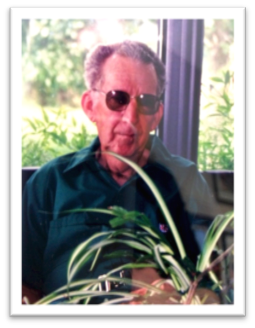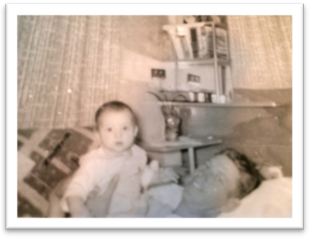The Urgent Need to Raise Awareness of Opioid Safety: A Personal Story
 My father was 78 and in good health. He lived at home with my mom and loved to do chores around the yard and garden to help out his only daughter—me.
My father was 78 and in good health. He lived at home with my mom and loved to do chores around the yard and garden to help out his only daughter—me.
One day, he fell and cracked two vertebra, thoracic level T4 and T5. We drove to his doctor’s office for an x-ray, and he then sent us to the emergency room (ER) at our local hospital.
The ER doctor’s plan was to obtain a CT scan and set dad up for surgery. Due to the location of the fracture and the pain that it caused, he could not lie flat for the scan.

After several failed attempts, the ER and radiology staff were convinced that, given enough pain medication, they would be able to get the scan. Daddy was given one dose of Phenergan and several doses of Meperdine during the next few hours, plus a small dose of valium, as though the issue was anxiety. That is only a few of the different types of medication he was given.
On the way to radiology he stopped breathing. He had gone into respiratory arrest.
The code team gave him a reversal medication for the Valium and two doses of Narcon to reverse the opioids (Meperdine). As mother and I sat in the radiology waiting room, the leader of the code team told us what happened.
“We tried but we are worried,” he said. “He may have suffered brain damage. It took a long time to revive him”.
In horror, we waited all night in the intensive care unit (ICU) waiting room to see him the next morning. To our great relief, Daddy did not have brain damage, but other damage was done. He was still having trouble breathing and now had an irregular heartbeat.
After a week in ICU, he was transferred to the long-term acute care (LTAC) section of the hospital with a BiPAP machine to help his breathing.
Three weeks later, with my dad having never left the hospital, in tears and with a heart broken, I held my father’s hand as he took his last breath from respiratory failure caused by aspiration pneumonia.
There is an urgent need to raise awareness and increase opioid safety in our healthcare system.
As a Quality Improvement Director for atom Alliance, I’m fortunate to be able to work on the national initiative to reduce adverse drug events. After the death of my father, I am more passionate than ever about it.
All nurses and clinicians are asked to risk-stratify their patients and closely monitor them based on
- a health risk assessment,
- their respiratory rate and
- sedation level.
Risk factors increase the likelihood of over-sedating patients with opioids. These include
- concomitant use of sedatives within 2 hours,
- being over 75 years old,
- obstructive sleep apnea,
- snoring and
- high body mass.
Will you join me in implementing an Opioid Safety Protocol in your facility, such as the Michigan Opioid Safety Score (MOSS)?
Please help make every healthcare facility in this country safer by closely monitoring the use high-risk medications. By joining together we can save other families from this tragedy.
Watch a video provided by Baylor Health Care System about another patient, Louise Batz, who suffered opioid overdose.



